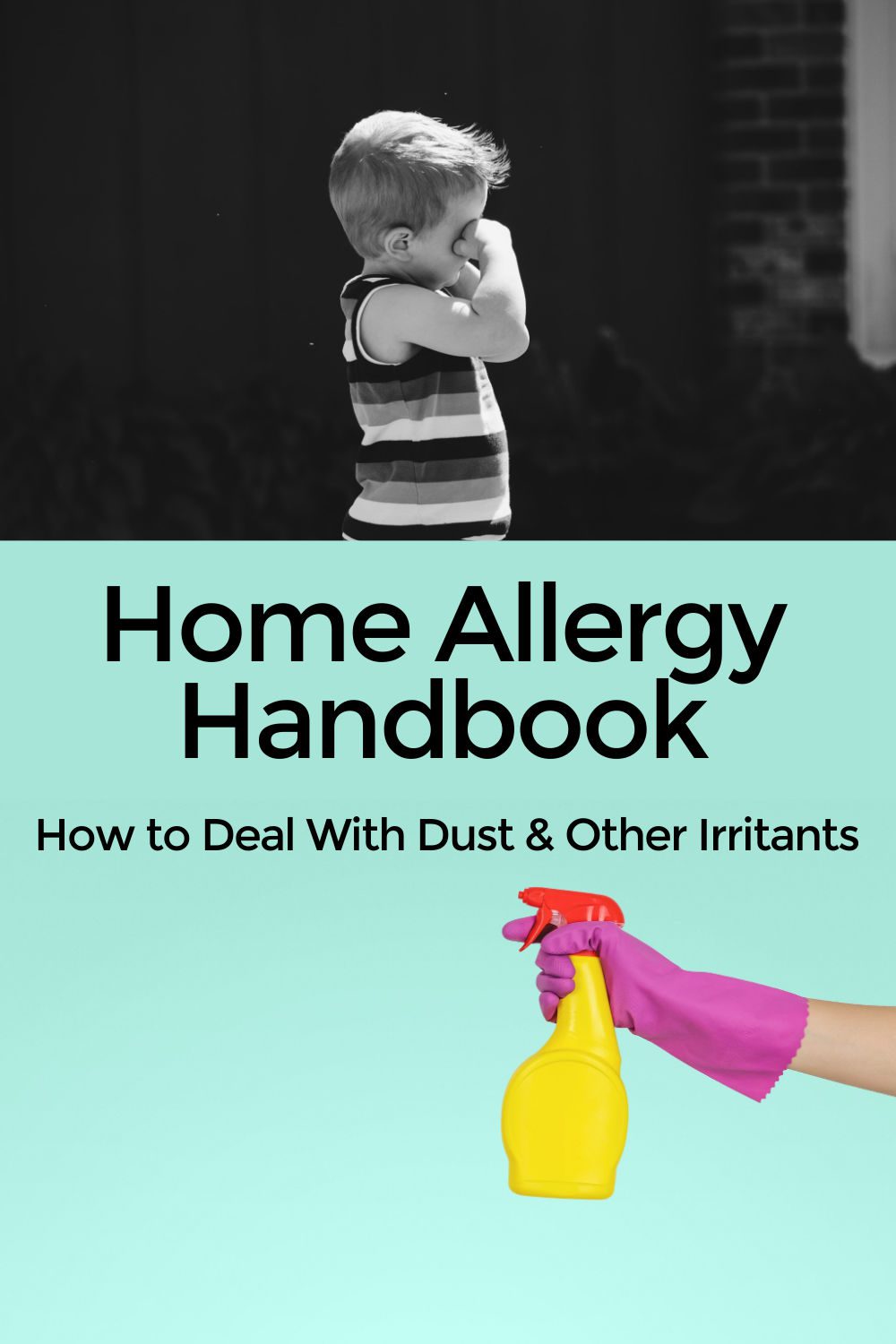Healthy Choice – Making a Difference
At this point, I am all the way through Week 4 in the I'm Getting “Better for BlogHer” with Healthy Choice challenge. FOUR WEEKS! Once a day during these four weeks (with the exception...
Any parent to a child with dust and food allergies knows all too well just how tricky it can be to keep those irritants at bay. Seemingly dust-free homes can still irritate, simply because dust can still accumulate in the peskiest places in and around the household year-round, although it can get particularly debilitating when dust allergy symptoms collide with symptoms from seasonal allergies too! But you’ll be happy to hear that it’s possible to practice the same meticulousness that comes with spring cleaning year-round with only a fraction of the effort. All you need to do is follow the little tried-and-tested guidelines we’ve gathered together below. From our family to yours, we hope that this Dealing with Allergies post inspires you.

The best thing you can do is develop a regular cleaning routine that covers not just furniture surfaces, but your floors too! Whether you have floorboards, tiling, or carpeting, be sure to wash and vacuum your flooring to ensure that dust, dirt, and grime build-ups can be prevented with minimal fuss.
It’s also worth keeping in mind that dust, dirt, and grime that has gathered on your flooring can be easily carried throughout the house on the soles of your feet. The ease at which these particles can be spread throughout the household is what makes dust such a difficult opponent.
But sweeping or vacuuming alone may not remove all nasty bacteria, which is why it’s recommended that you mop with a disinfectant mixture, or use a steam treatment on your flooring at least once a week. It’s a small price to pay for your family’s health and well-being.
Speaking of your family’s health, it’s been proven that industrial-grade household cleaners can be just as detrimental to your home’s air quality as dust and dirt can be.
Chemical cleaners like bleach and aerosol sprays can also trigger allergic reactions and can potentially cause illnesses if used heavily in homes with younger children, older relatives, or generally immunocompromised family members.
Consider utilizing natural alternatives like cleaning vinegar and homemade citrus sprays over harsher store-bought cleaners to ensure that your home’s air quality stays light and fresh rather than heavy and filled with toxins.
You’ll find that not only will the whole family be able to breathe easier, but family members with allergies may find their symptoms have either decreased in severity or have dissipated altogether!
Clutter is an evergreen friend to dust and dirt. Not only does it invite pockets of dust to develop between objects in your home, but by its nature, clutter can also be a major deterrent in any household’s goal to create a regular cleaning routine.
It’s just strenuous having to ‘clean’ before you have to ‘clean’, which means that more often than not, the responsibility of clearing household clutter greatly distracts homeowners from the importance of actually cleansing and sanitizing their home during their cleaning routine.
You can avoid this home maintenance pitfall by adding decluttering to your regular cleaning routine, or simply by adopting a minimalist mindset when it comes to critically assessing your home’s elements.
Get into the habit of asking whether or not the objects in your living spaces provide purpose or value, and ditch all of those that fall short of that mark.
Battling dust is always going to be a sticky affair, but by using these little guidelines, you’ll be on your way to revamping your household cleaning ritual, building healthy home maintenance habits, and experiencing consistently fresher living spaces! We hope that this Dealing with Allergies post inspires you. Good luck!

Comments are closed.
Pingback: How to spring clean your car Auto Maintenance Divine Lifestyle